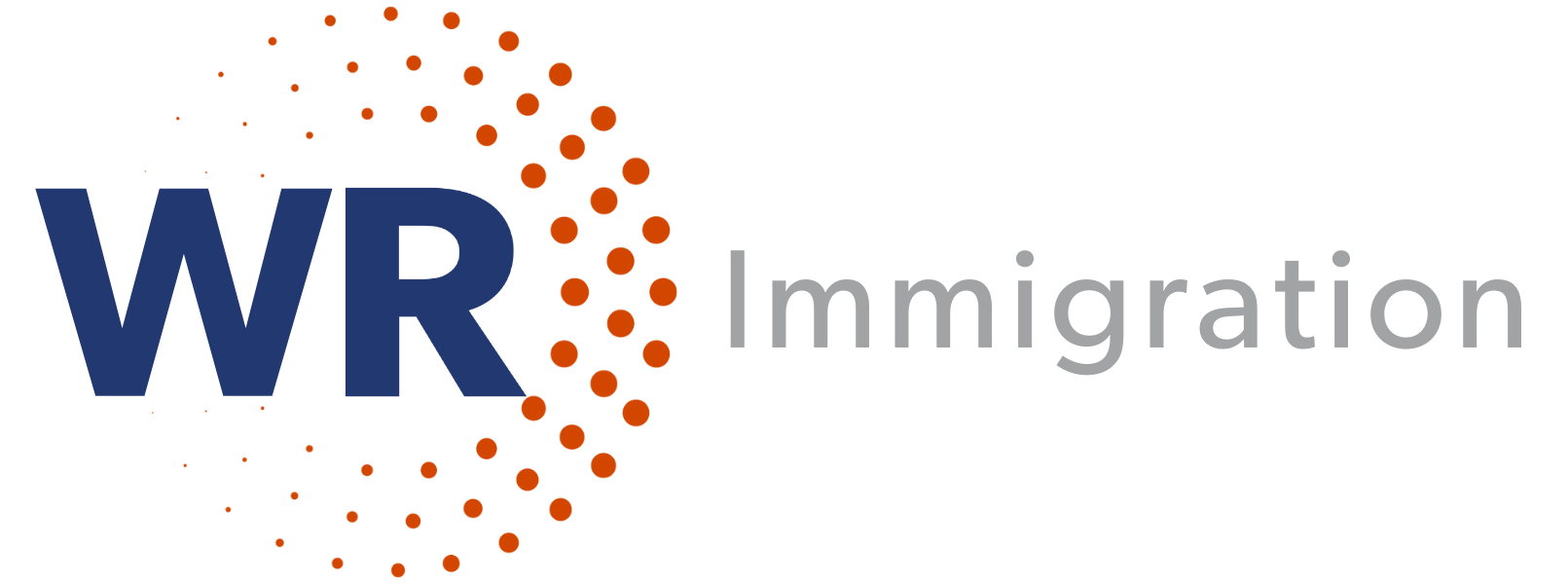When Germany agreed to change its skilled immigration laws in 2019 to facilitate the immigration of skilled employees from abroad, its economy was thriving and the labor market was robust and on the edge of turning into an employee market. IT professionals, engineers, and health care workers were difficult to find and in high demand. Plumbers, mechanics, and many other trades also reported skills shortages. Accordingly, Germany adjusted its immigration laws to allow the migration of professionals with vocational training to Germany and implementing a new fast-track option.
With the new law taking effect on March 1, 2020, all was set to enhance employment-related immigration to Germany. However, due to the COVID-19 pandemic, all immigration came to a sudden halt in mid-March. Schengen borders closed, visa application centers went into lockdown, and many government authorities began working from home offices. Travel was suspended across the globe.
An immigration lawyer’s nightmare of ceasing travel turned quickly into an immigration lawyer’s challenge when many clients needed support, with employees stranded abroad or foreign staff in Germany needing extensions when authorities were hardly accessible. The government issued new laws and regulations to address the COVID-19 crisis frequently, with lawyers slogging behind in the attempt to stay on top, interpret the hastily issued rules, and find reliable angles for their clients. The unpredictability of the situation added to the general disturbance.
But some of the most interesting and moving cases also occurred during the pandemic: With attorney support, the employer of a person who had terminal cancer managed to assist her Chinese parents with visiting their daughter in Germany—in the midst of the pandemic—with the support of the local health department, the airline, the German immigration authorities, and the hospital all working together in an act of humanity.
Three months later, with infection numbers dropping in Germany and throughout Europe, the economy began a slow rebound, although things are far from normal. The new immigration law technically took effect, albeit in most parts of Germany it remained suspended until the end of the travel restrictions. When on July 1, 2020, the borders were cautiously opened for skilled professionals (those with either a recognized university degree or vocational certificate), they became eligible to travel to Germany for local employment or intracompany transfer if they were urgently required for economic development, needed to be present in Germany to perform their work, and could not do so remotely. All persons originating from a “risk country” must present extra documentation to enter the Schengen Area and are subject to quarantine regulations. (Currently only European Union/Schengen countries as well as Australia, Canada, Georgia, Montenegro, New Zealand, Thailand, Tunisia, and Uruguay are considered safe countries.) Certain regions renounced lengthy quarantines if regular COVID-19 testing was being done to ensure that assignees could start to work as soon as possible. Employees may be accompanied by their family members, and those who had a valid permit and returned to their country of origin may come back to Germany now.
While many open questions regarding travel options remain, the immigration system is becoming more predictable each day. Germany seems to be developing into an attractive destination country for Indian IT specialists especially, who suffer from the H-1B travel ban in the United States and the lockdown in India. And while the German missions in India resume their operations only slowly, the backlog of waiting applicants grows.
What does the future hold for immigration to Germany?
The country will still need skilled immigration because of its peculiar demographics and strong economy. Nevertheless, the German labor market took a COVID-19 blow and, for the first time in years, shows rising unemployment. It is thus to be expected that the new immigration-friendly law—while not a turncoat—will show some teeth when it comes to issues like comparable salary, labor market tests, and compliance. Already the labor authority has tightened the rules and increased scrutiny when dealing with applications. Thus, the future will again be challenging for immigration lawyers, and immigrants.


